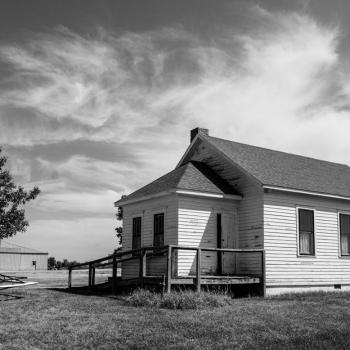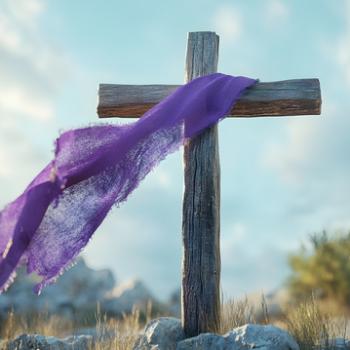This journey on which you are embarking represents a new beginning—a new or deepened commitment in your own life. Take just a moment to imagine you are crossing a threshold into an unexplored room of your soul. The great Spanish Carmelite mystic St. Teresa of Avila described such a spiritual journey as a movement through concentric rooms of an interior castle until we reach the diamond at the center of our being. She says when we reach this diamond we will finally realize how truly beautiful we really are. Feel the anticipation and savor the delight at being alive and full of the hope that leads you to explore the rich tradition of monastic practice. Simply pause and breathe. Breathe in and feel the possibility in this moment. Exhale and release the distractions. Breathe in and experience the expansion in your body as a reflection of the expansion in your spirit. Exhale and surrender yourself to this moment. Now pause and reflect on what it was about this book that made your heart say yes. What were the words, the images, the ideas that touched something in you? Notice if there is a word or image right now that symbolizes what is rising up in you, and linger with it for as long as feels satisfying. Consider recording it in a journal using color and shape.
The Inner Monastery
The true monastery was not dependent on the enclosure of walls. It was, rather, a quality of consciousness or a state of heart that involved daily commitment to maintain an inner aloneness—that place where God and soul dwell in intimacy.
—BEVERLY LANZETTA
In her book Radical Wisdom, Beverly Lanzetta describes medieval monasticism, and her words about the true monastery being a quality of consciousness apply equally today. Perhaps with more and more people beyond the walls of enclosure seeking the gifts of the contemplative life, cultivating this state of heart is more important than ever. She later writes that in contemporary life, such consciousness means remembering that the inner monastery is the ground from which all of our life extends—and I would emphasize that this includes creative expression:
Contemplation is always a revolutionary act. It subverts the daily tedium and searches for the kernel of meaning hidden at the center of each thing. . . . The stone enclosure that literally marked the boundaries of the medieval monastery is transposed from the concrete into a state or quality of consciousness. To be enclosed in the monastic sense is to devote oneself to God. In a modern context, this ancient purity of heart refers to the discovery of the divine as the one relationship fundamentally essential to one's life and lives out of its sources. . . . To find the monastery within is to discover the place of rest out of which all other relations flourish and grow.
The inner monastery is a quality of consciousness you bring to everything you do, includingcreating. It is the crucible for your transformation, and everything you need to be whole is right there within you already.
The desert monks would say, "Sit in your cell, and it will teach you everything" (Thomas Merton, Wisdom of the Desert). This cell is the cave of your heart, that interior place of reflection and struggle. It is the place where the spark of the divine glows and you carry that with you wherever you go. As you make art or write, the process is a container for awareness. Everything that rises up—judgments, blocks, and insights—is a reflection of the whole of your life. Your cell, the blank canvas, the white page—each of these invites you to pay attention to what is happening right in this moment. There is no need to go elsewhere to find enlightenment or transformation. The space within which you dwell and the container for your creative expression can each become the holy site of struggle and freedom. Whatever you encounter in prayer and art making is a microcosm of the macrocosm of your life:
You do not need to leave your room. . . . Remain sitting at your table and listen. Do not even listen, simply wait. Do not even wait, be quite still and solitary. The world will freely offer itself to you to be unmasked. It has no choice. It will roll in ecstasy at your feet. (Franz Kafka)
Silence and Solitude
Silence is never merely the cessation of words. . . . Rather it is the pause that holds together—indeed, it makes sense of—all the words, both spoken and unspoken. Silence is the glue that connects our attitudes and our actions. Silence is the fullness, not emptiness; it is not absence, but the awareness of a presence.
—JOHN CHRYSSAVGIS
An essential element of committing to the monastic way is cultivating a place for silence and solitude. Like the rest at the end of a busy week that comes with Sabbath or the few moments of pause in the physical pose of shavasana at the end of a yoga practice, the nourishing dimension of silence is honored and uplifted across traditions. As Chryssavgis describes, silence is the element that holds everything together. Entering into silence means to enter into an encounter with the One who ushered us from the great silence, who spoke us into being out of the wide expanse of silent presence.





